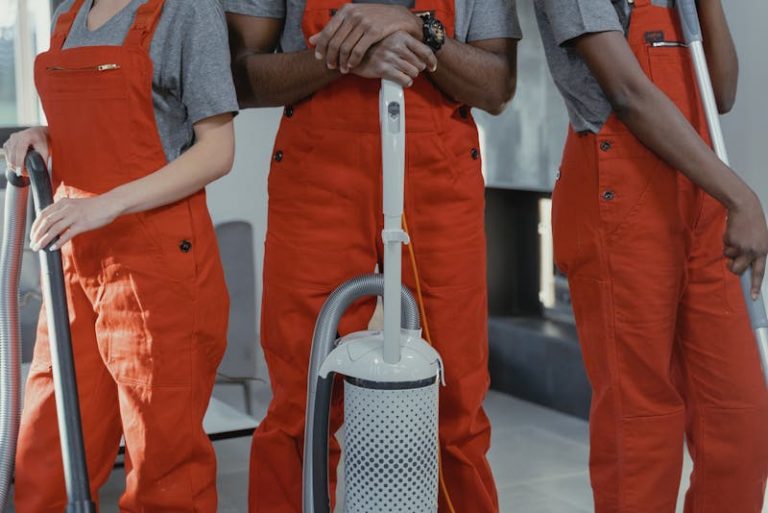
Metals are among the most important construction materials the human race has ever used; in fact, a number of prehistoric eras are named after the most commonly used metals of the time, such as the Bronze Age and the Iron Age. The Industrial Revolution allowed for the mass production of steel for the first time, and this completely transformed construction for buildings, vehicles, and weapons of war. Today, steel mills around the world can make thin sheet metal products of all sorts, and many grades of steel exist, from 304 stainless steel to high-yield steel for making I-beams. Some thin sheet metal pieces may be made of aluminum instead, another valuable metal, or perhaps they are made of copper and brass or related alloys. When might steel be used, and in what situations should thin sheet metal be made of alloys instead?
The Metal Industry
For reference, the modern sheet metal industry is a vast one, and as of 2016, there were some 138,900 thin sheet metal workers in the United States alone. The U.S. Bureau of Labor Statistics says that the metal fabrication industry is set to grow around 9% from 2016 to 2026, and that could add some 12,000 new jobs to the sector. Right now, sheet metal accounts for around $30 billion in U.S. revenue, and a lot of the steel sheet metal ends up being recycled, too. Some steel may also be sold in bars, tubes, or plates, as well as thin sheet metal.
Steel and Aluminum
These two metal cannot handle absolutely every job, but they are often the default for many projects. Steel is refined and purified iron, being much lighter and stronger, and it can be made in more than one way. Steel alloys are stainless and can resist rust and corrosion, making them ideal for making cutlery (such as kitchen knives or forks), as well as making surgical equipment, like scalpels. Aluminum may be softer than steel but is even lighter, and it can be used to make power line wiring (copper is too heavy), and it can be used to make components for handheld electronics and vehicle bodies, too. Light aluminum vehicles are more fuel efficient due to their relatively low weight.
Steel is made in a mill, and the sheets can be either sold as hot rolled or cold rolled. At first, all steel is passed through pressurized rollers at a high temperature, resulting in hot rolled steel that has imprecise dimensions. Such steel is deal for making I-beams for buildings, railroad tracks, and similar applications. If the steel sheets are passed through the rollers again but at a room temperature, the result is cold rolled steel, which features precise dimensions and a glossy, protective coat. Such steel needs to be transported with care, and is useful for making precisely cut items, such as car parts or industrial parts. Such steel can then be machined, such as being drilled or cut with a laser cutter head in a factory to make car parts or appliance parts.
Alloys
However, some tasks involve conditions too extreme for steel or aluminum, such as heat, cold, pressure, or corrosive materials. So, alloys are used, which are a combination of two or more metals with precise properties. The likes of iron, steel, aluminum, copper, brass, silicone, and titanium can all be used, and alloys can be tailor-made for certain jobs. Copper alloys, for example, are incredibly resistant to corrosion, making them ideal for making undersea pipes that are constantly exposed to salt water both inside and outside. The same is true for making tanks, pipes, and valves for chemical refineries.
Other alloys are used for making vehicle parts, such as the engines in commercial jets or trains. These alloys can stand up to pressure and temperature extremes that ordinary steel or aluminum cannot, and the space shuttles had heat-resistant plates made of certain alloys. In addition, many military vehicles also need alloys, such as the bodies of missiles or the hulls and engine parts of battleships. Some brass fittings, nuts, and bolts are also made of alloys, which can endure extreme stress without breaking, which is essential for keeping certain machines and products from flying apart while being used.






